Worldwide, about 47.2 million children had been displaced due to conflict and violence as of the end of 2023
This number includes some 19.1 million refugee children and asylum seekers (15.3 million refugees under UNHCR mandate and other children in need of international protection[1], 1.7 million Palestine children registered as refugees with UNRWA[2]) and around 2 million asylum-seeking children) and an estimated 28.1 million children displaced within their own country by conflict and violence. In addition, another 3.1 million children were living in internal displacement as a consequence of natural disasters.
Between 2010 and 2023, the global number of forcibly displaced refugee children and asylum seekers more than doubled, from around 18.8 million to the current number of 47.2 million. According to UNHCR, over 2 million children were born as refugees from 2018 to 2023.
Children are dramatically overrepresented among the world’s refugees. Though they make up less than one third of the global population, children comprised 40 per cent of the world’s refugees in 2023. Among international migrants (i.e., the foreign-born population) in 2020, nearly 1 in 3 children were refugees; for adults, the proportion was less than 1 in 20.
Footnotes
[1] The category “Other people in need of international protection” (OIP) refers to “people who are outside their country or territory of origin, typically because they have been forcibly displaced across international borders, who have not been reported under other categories (asylum-seekers, refugees, people in refugee-like situations) but who likely need international protection, including protection against forced return, as well as access to basic services on a temporary or longer-term basis” (Source: UNHCR 2024, Refugee Data Finder.
[2] In total, 6 million Palestine refugees are registered in Jordan, Lebanon, Syria, Gaza, and the West Bank with the United Nations Relief and Works Agency for Palestine Refugees in the Near East (UNRWA). These refugees are outside of the mandate of UNHCR.
Nearly one third of children living outside their country of birth are refugees
Share of refugees among all international child migrants (2005-2020)
Data for 2020 demonstrates that the age distribution of refugees is markedly different from that of international migrants – the refugee population is much younger than the overall immigrant population. While a clear majority of the world’s migrants by 2020 were adults, children comprised roughly half of all refugees in the same year. Their large share of the refugee population is further evidence of the fact that children continue to bear the burden of decisions and disasters far beyond their control.
The refugee population is much younger than the overall migrant population
Where the world’s refugees come from
While planned and voluntary journeys can offer new opportunities to the children and families that undertake them, forced migration often intensifies the vulnerability of children who are already in precarious situations. Conflict and violence are the hallmarks of too many childhoods and a common denominator in nearly all the countries of origin for large numbers of refugee children. In 2023, nearly three quarters of all refugee children and OIP came from just five countries: Afghanistan, the Syrian Arab Republic, Ukraine, Venezuela (Bolivarian Republic of) and South Sudan; three of them – Afghanistan, the Syrian Arab Republic and Ukraine – accounted for more than half of all refugee children in the world.
Just three countries account for more than half of all refugee children in the world
Where the world’s refugees live
Refugees often find asylum close to their country of origin. Worldwide, 69 per cent of all refugees find asylum in a directly bordering country. Iran (Islamic Republic of) hosts the largest total number of refugees, home to one in eight refugees under UNHCR mandate in 2023, most of them having arrived from Afghanistan – making it the largest single host country of refugee children in the world.
Two in three refugee children are in Asia and Africa
Compared to the national population of the host country, Lebanon hosts the largest number of refugees relative to their population (137 out of 1,000 people) by an overwhelming margin, followed by Montenegro (102 out of 1,000) and Jordan (60 out of 1,000). Today, nearly one in seven people in Lebanon is a refugee. By comparison, the same ratio for the United Kingdom is 1 in 153; for the United States, it is 1 in 839. When the nearly half a million Palestinian refugees living in Lebanon are added to this total, Lebanon’s contributions to global refugee responsibility-sharing are even more evident.
Considering the group of “other people in need of international protection”, a number of countries in Latin America and the Caribbean show high proportions, mostly due to the large number of Venezuelans fleeing their country over the several years; in particular, this can be seen in Aruba (158 per 1,000), Curaçao (76 per 1,000) and Colombia (55 per 1,000).
Lebanon and Jordan host by far the largest number of refugees relative to their population
When considering refugee-host countries by income level (number of refugees per 1 USD GNI per capita), Uganda, Chad, and Pakistan host the highest concentration of refugees relative to their resources. By this same measure, the first 19 countries hosting the largest number of refugees relative to their resources are all in Africa and Asia.
Internally displaced persons
Even when children do not cross national borders in search of safety, they can face tremendous dangers while seeking security within their own country. Notably, nearly all people who eventually become refugees begin their journeys with internal displacement.
By the end of 2023, some 68.3 million people were living in displacement due to conflict and violence within their own countries – many of them having done so for years. During 2023 alone, over 20.5 million new displacements due to conflict and violence were recorded, while disasters – including earthquakes, tsunamis and floods – led to another 26.4 million internal displacements.
Similar to many areas of data related to migration and displacement, most information about internal displacements is not broken down by age, making it difficult to provide a reliable estimate of the number of children included within these larger totals. Assuming that the proportion of children among the internally displaced population is the same as the proportion of children in the national population, an estimated 28.6 million children were displaced within their own countries by conflict and violence at the end of 2023, representing 42 per cent of the internally displaced population. This means conflict and violence displace even more children within their own borders than beyond them. If children are overrepresented in internal displacement the same way they are among refugees, then their total would be even higher. Most of these displaced children lived in sub-Saharan Africa. The Middle East and Afghanistan are other hot spots for conflict and violence-related internal displacement.
An additional 3.1 million children were displaced because of disasters.
Largest internally displaced child populations by country, 2023
Conflict and violence resulted in 28.6 million children living in displacement within their own country at the end of 2023
Conflict and violence are the leading causes of prolonged displacements and most new displacements in 2023. An estimated 18.1 million new displacements of children occurred in 2023 globally: Conflict and violence resulted in 9.2 million new displacements of children, and over 8.8 million were the consequence of disasters (mostly floods and storms). The majority of conflict-and-violence-related new displacement occurred in the Middle East and in Sub-Saharan Africa, while the bulk of new displacements due to disasters took place in sub-Saharan Africa and Eastern and South-Eastern Asia.
In 2023 alone, there were an estimated 20.8 million new displacements of children globally
Displacement data
Build and download your own customisable dataset
Resources

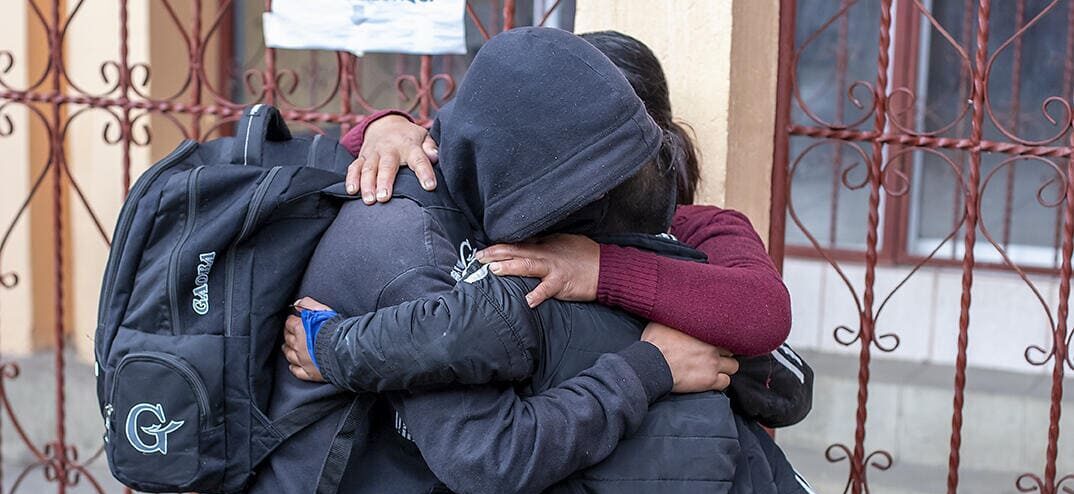
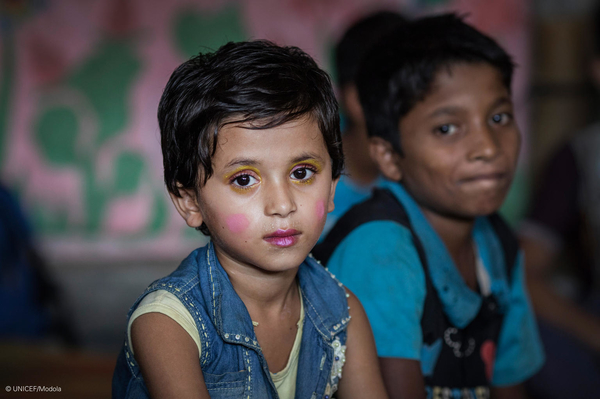
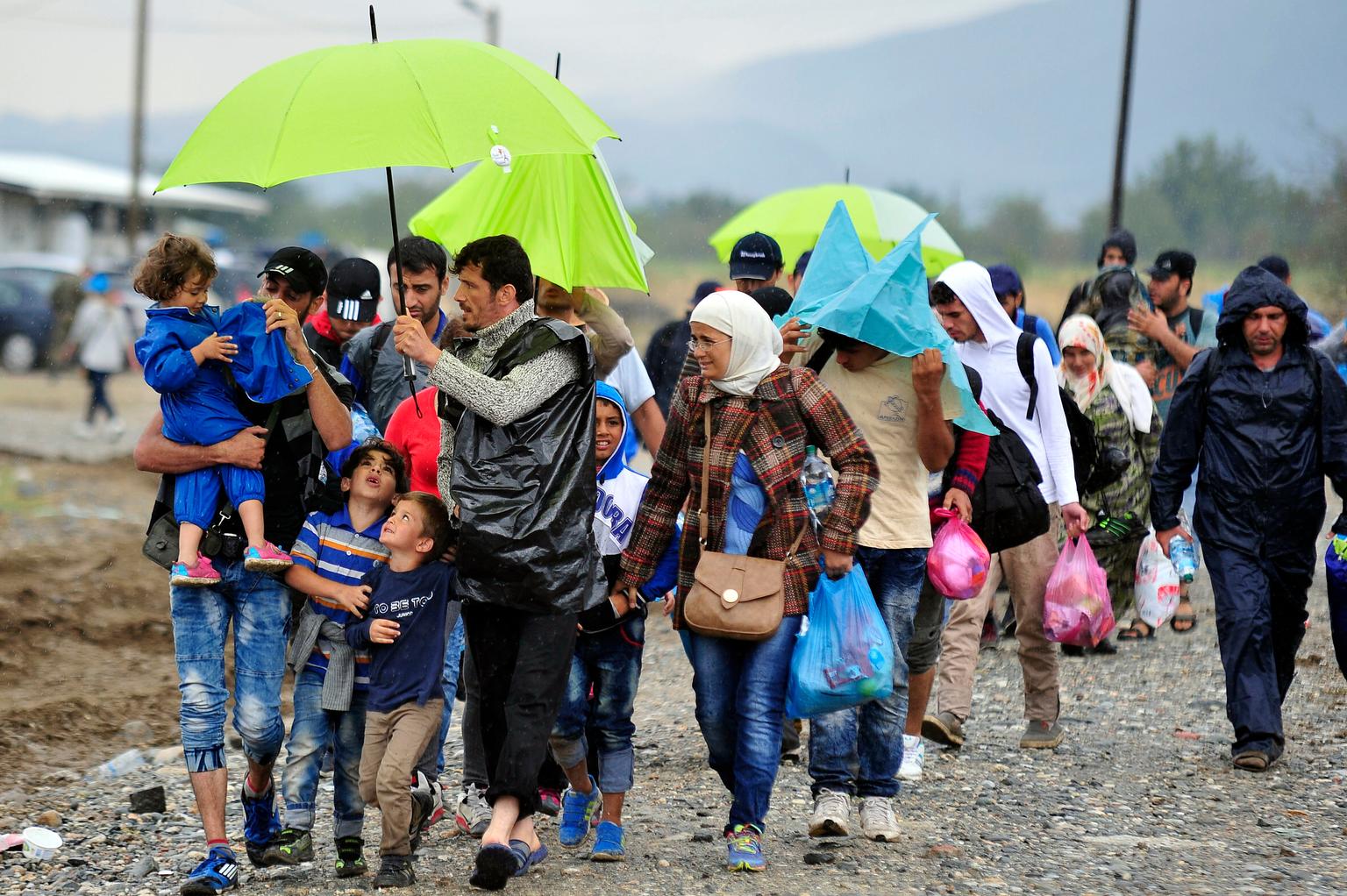
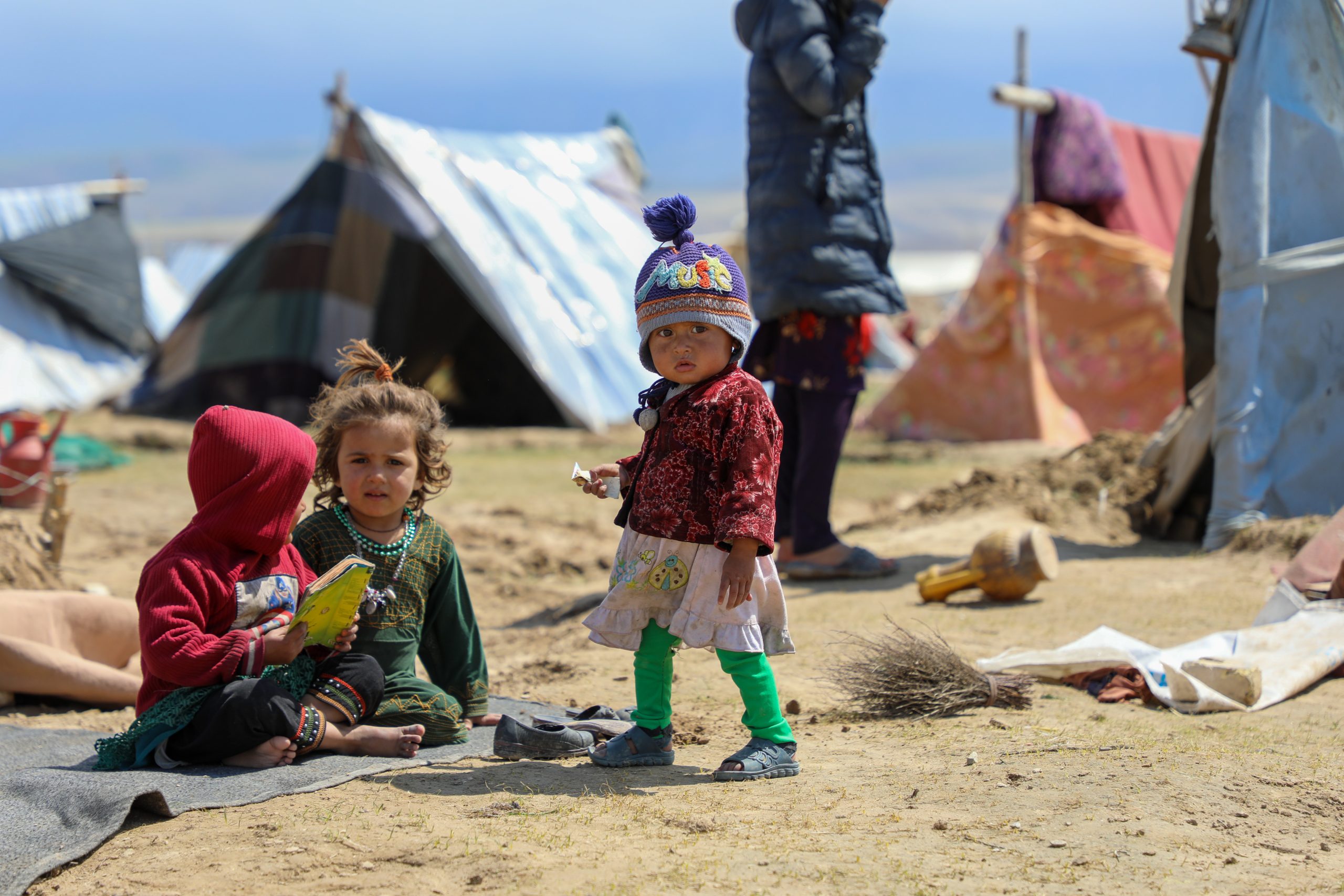
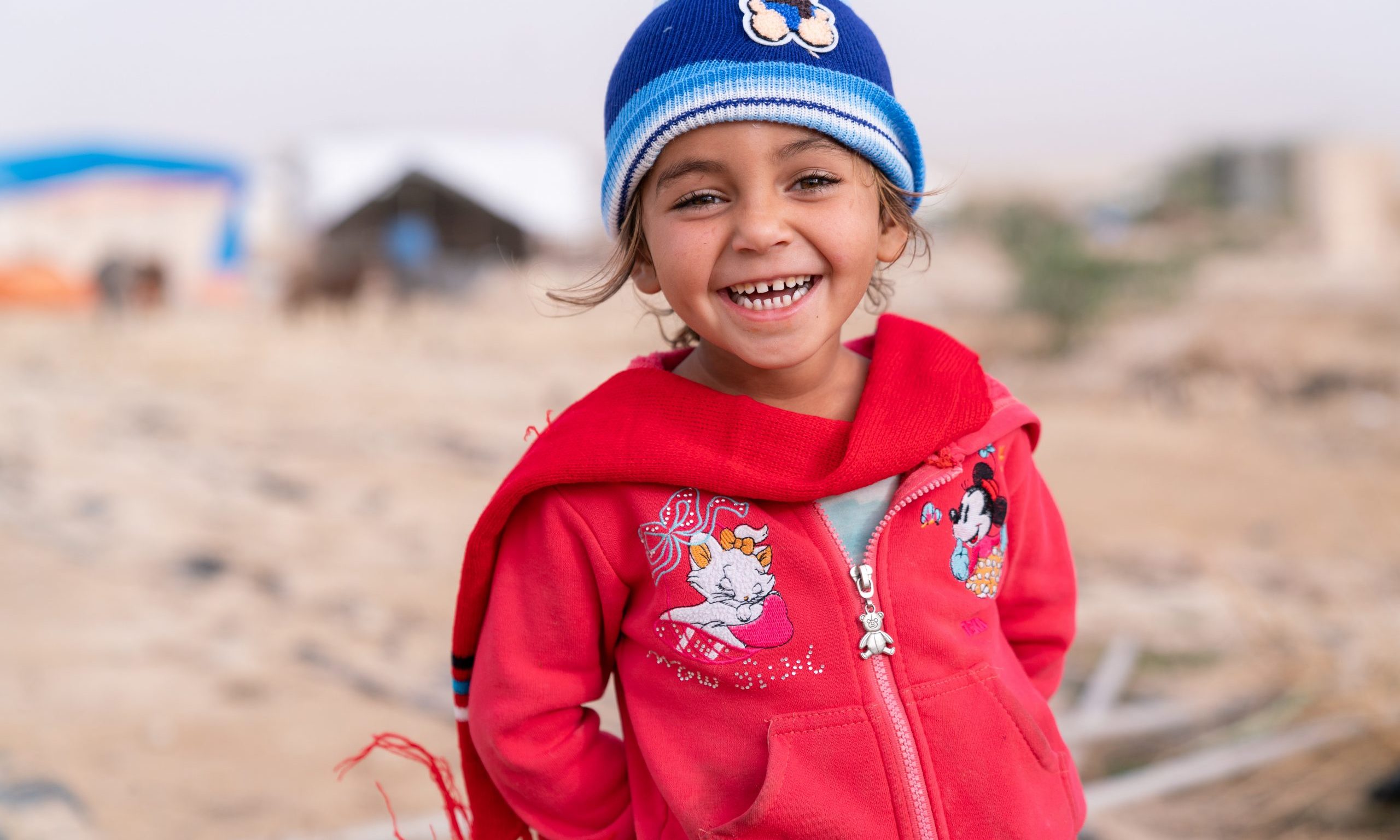
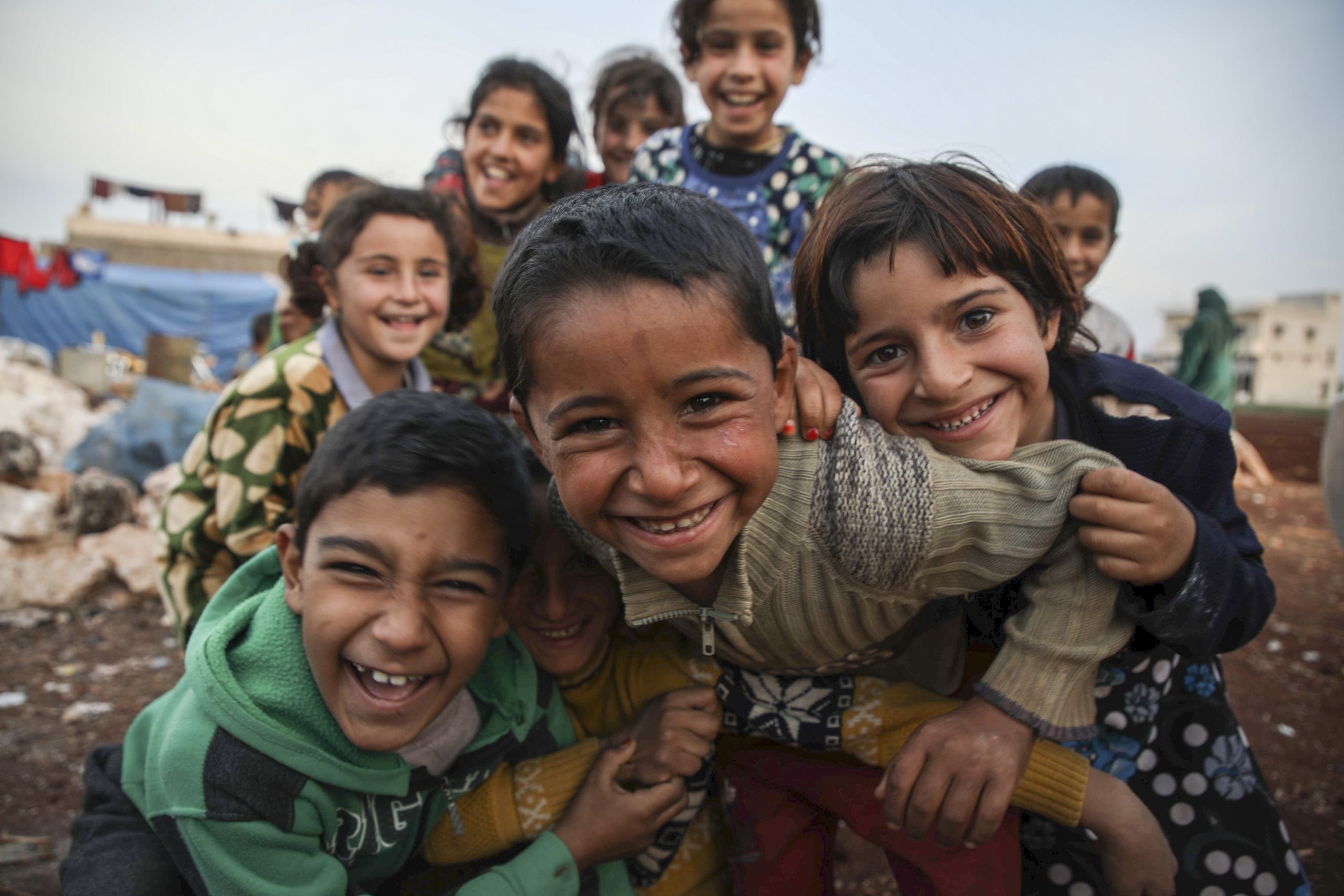

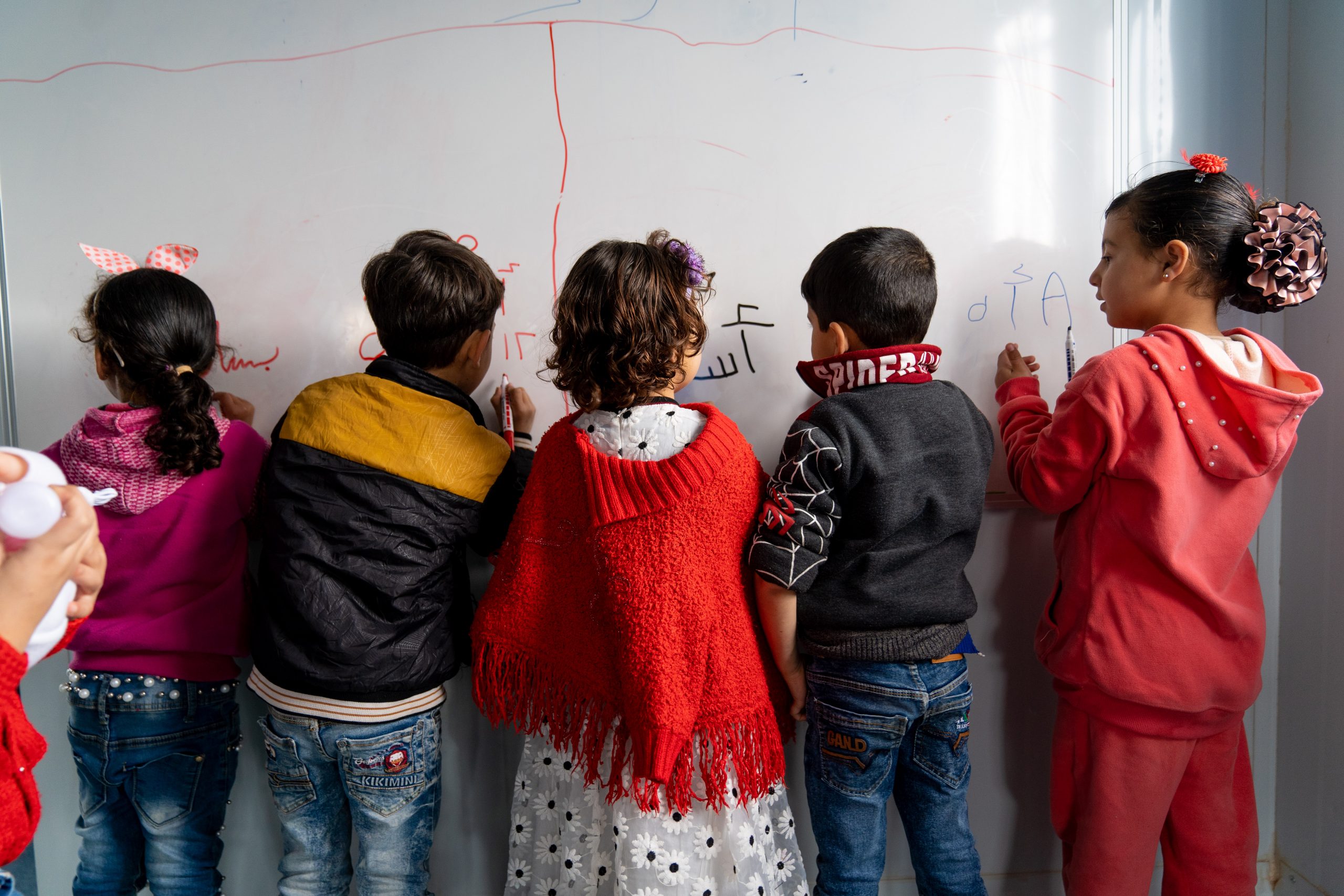
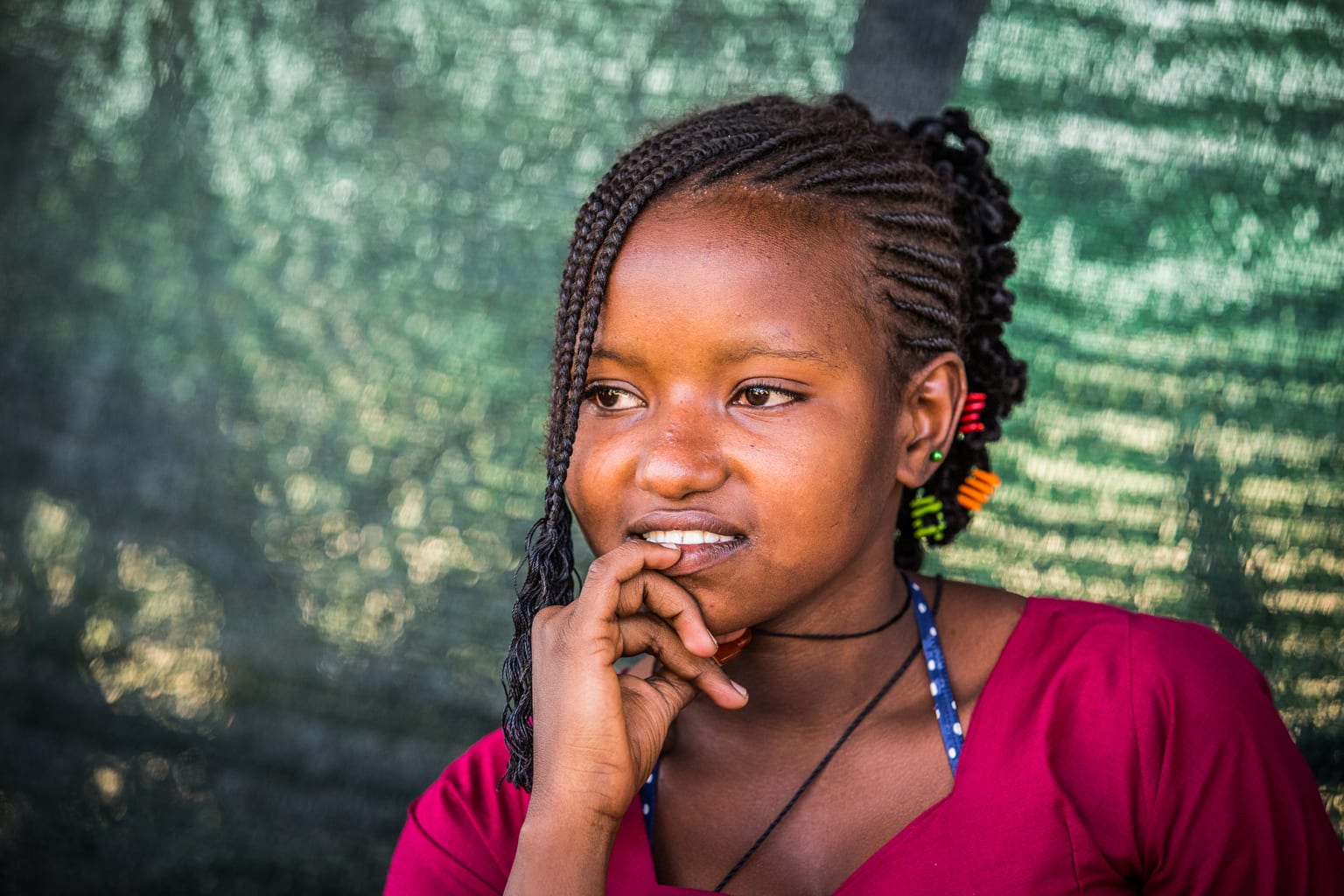

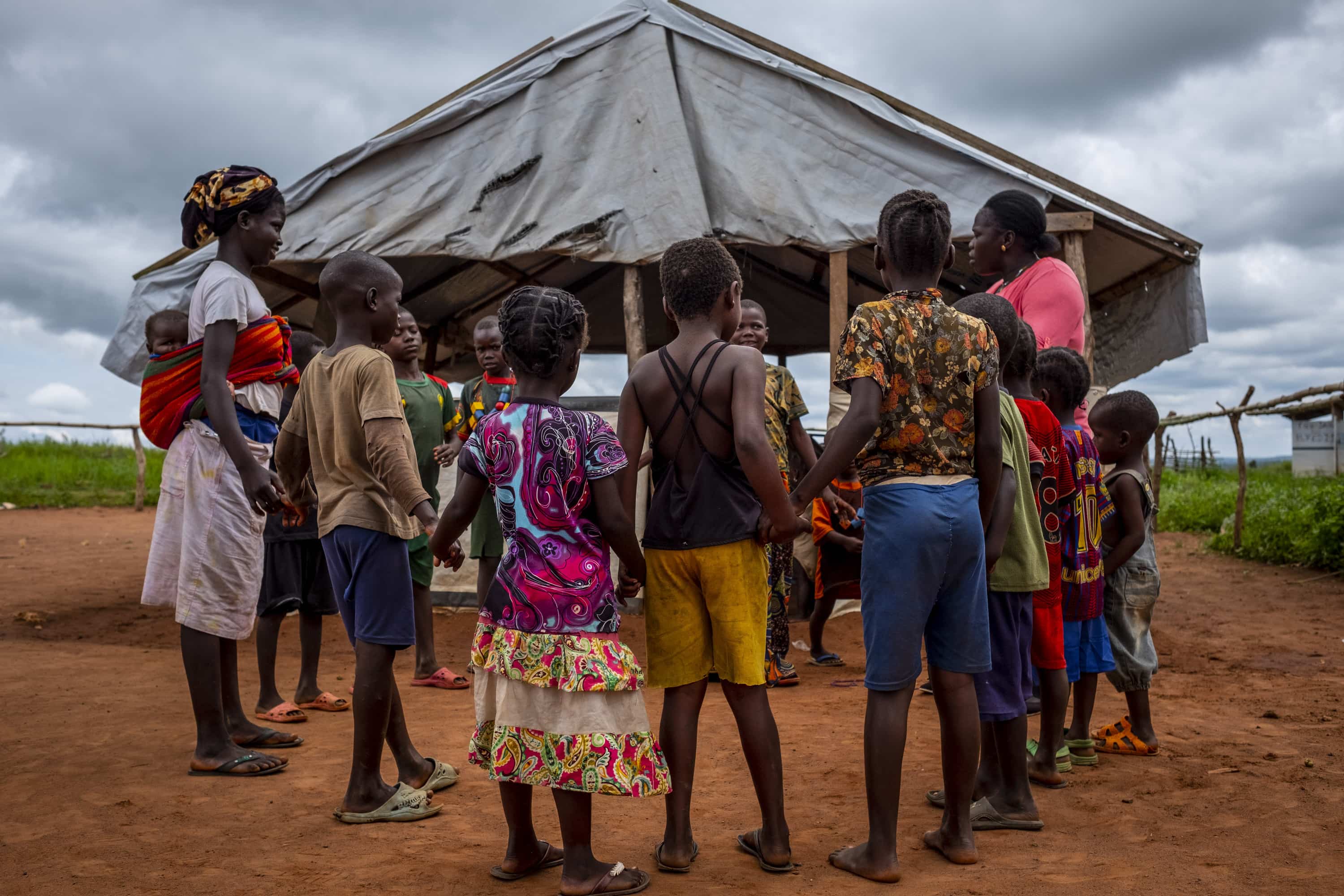
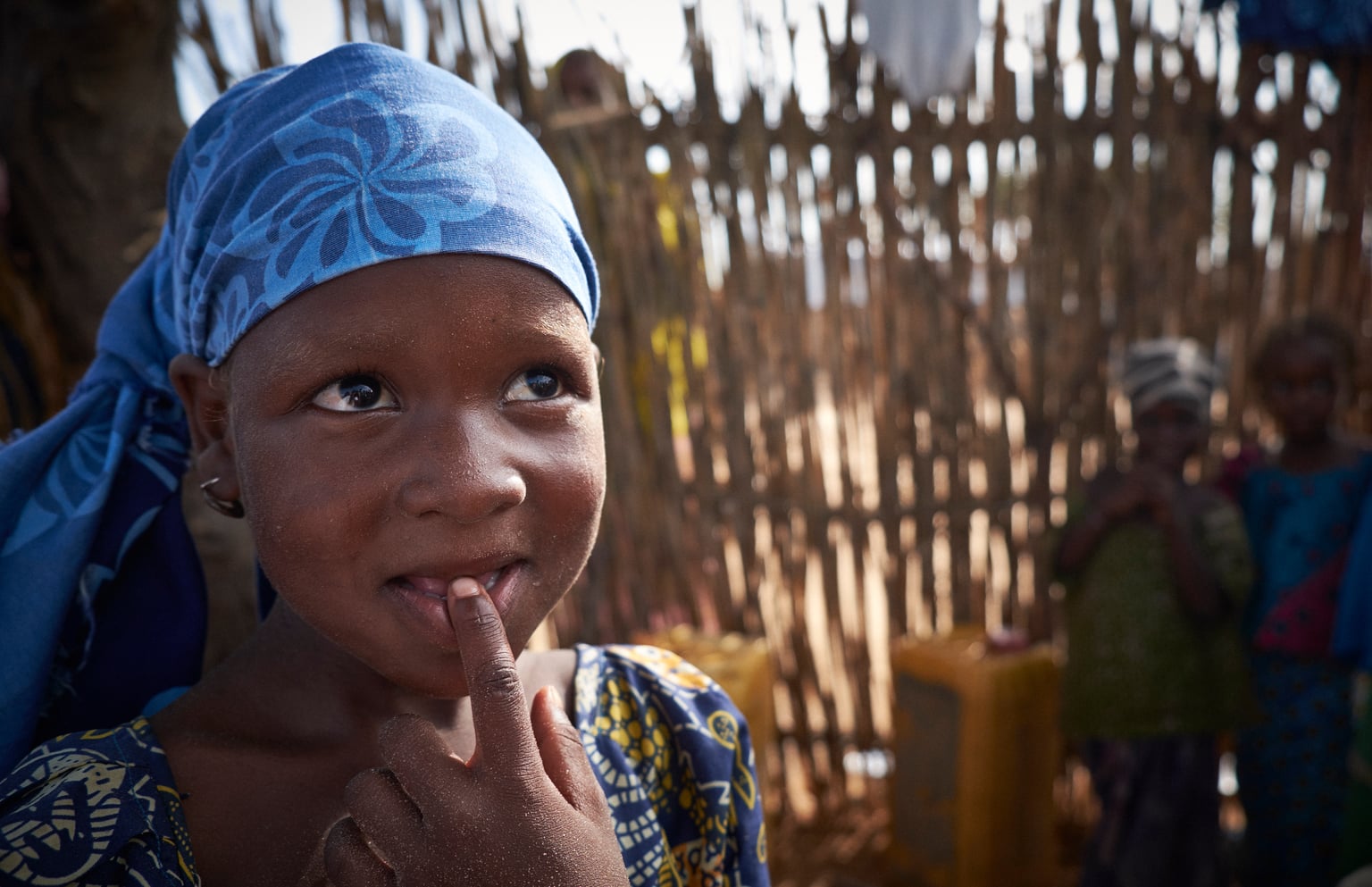
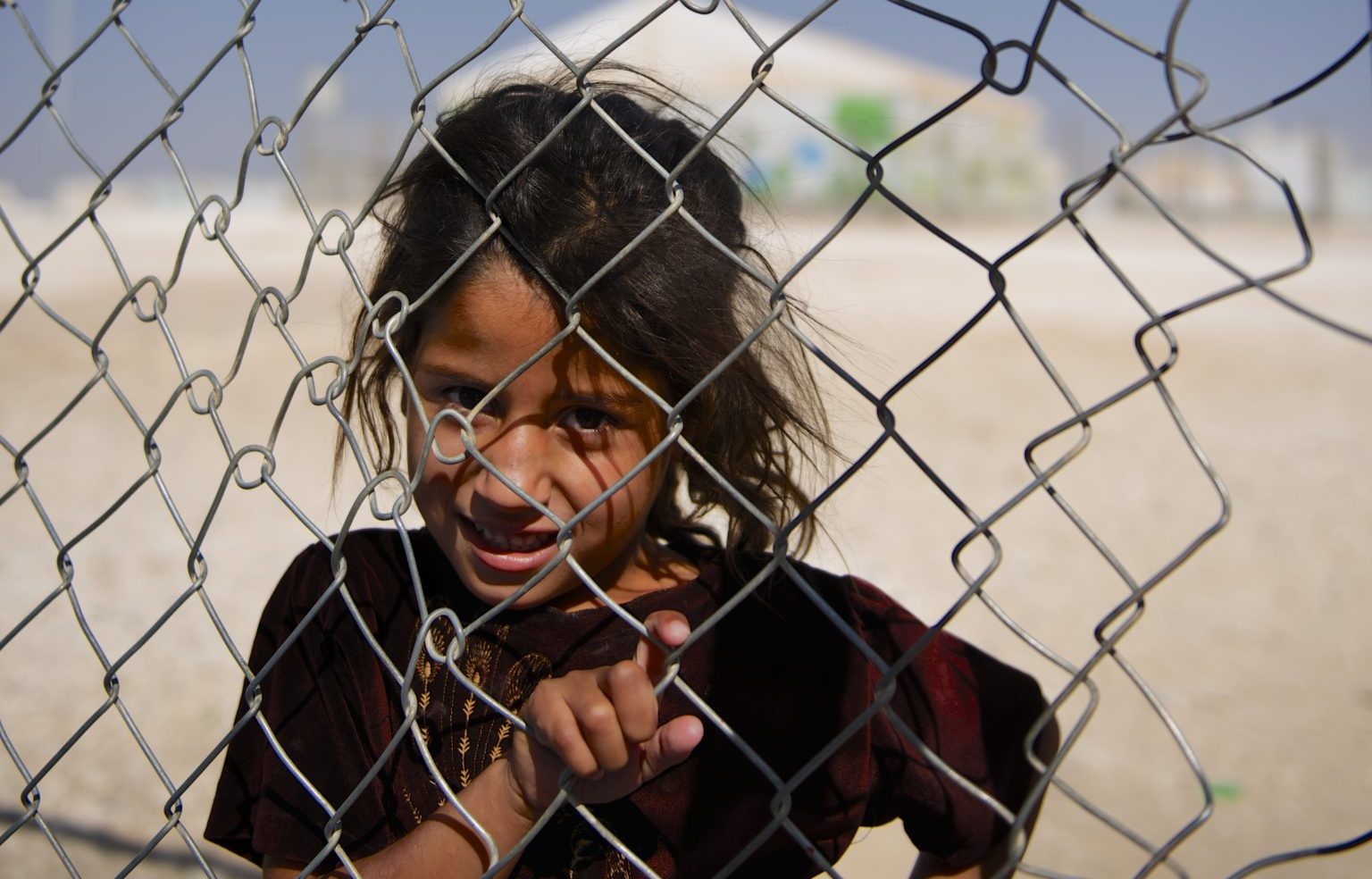

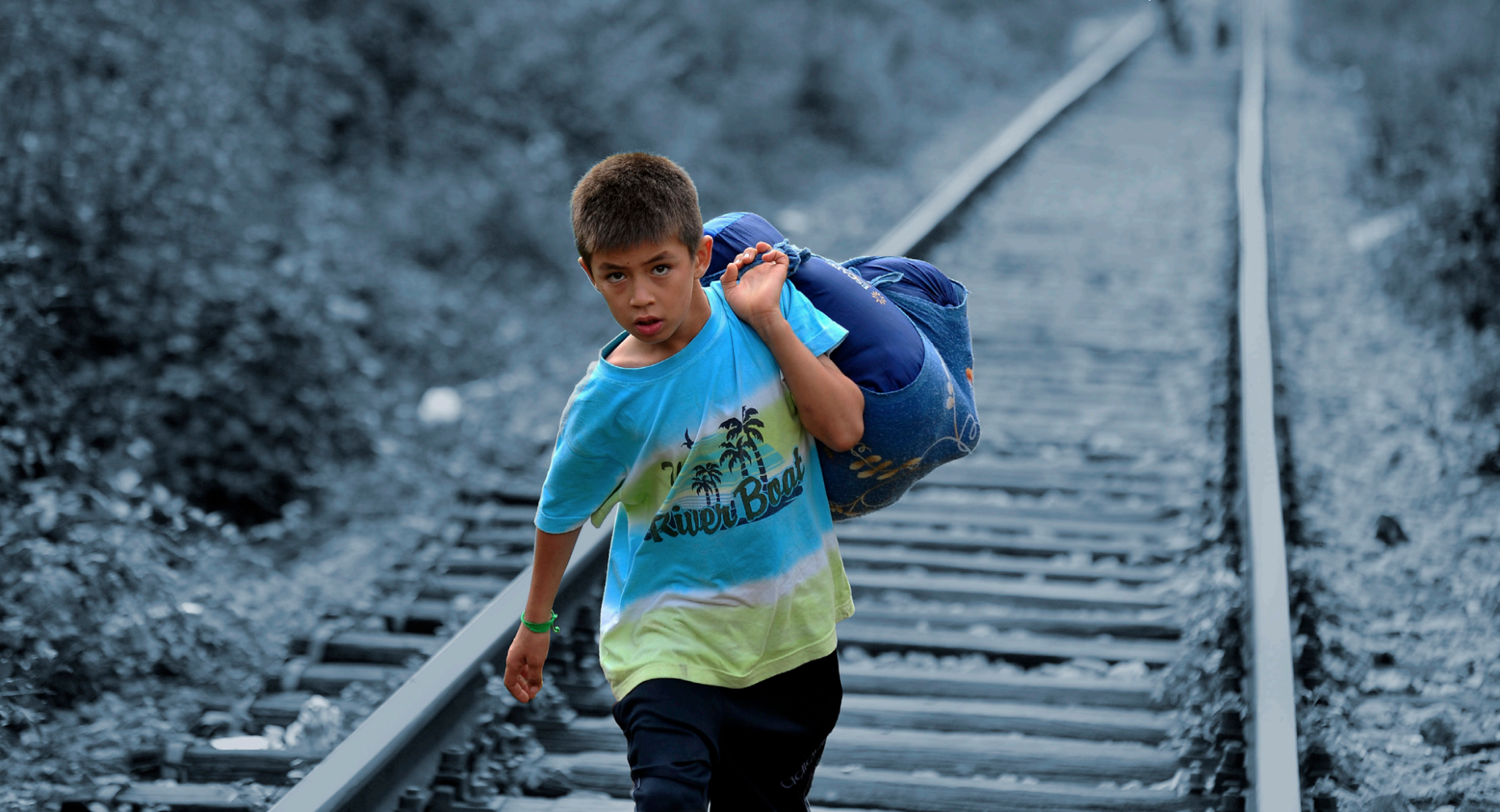
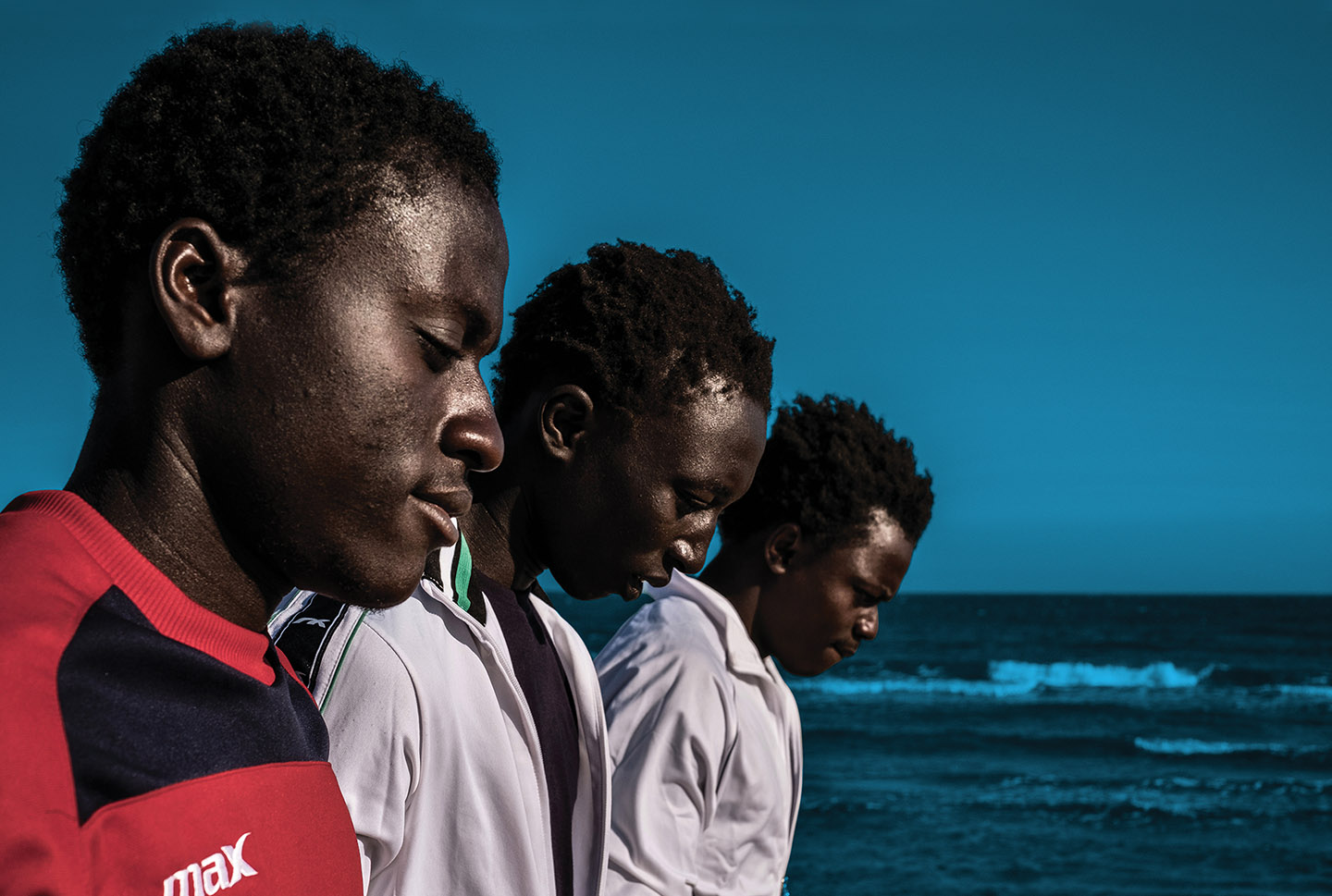
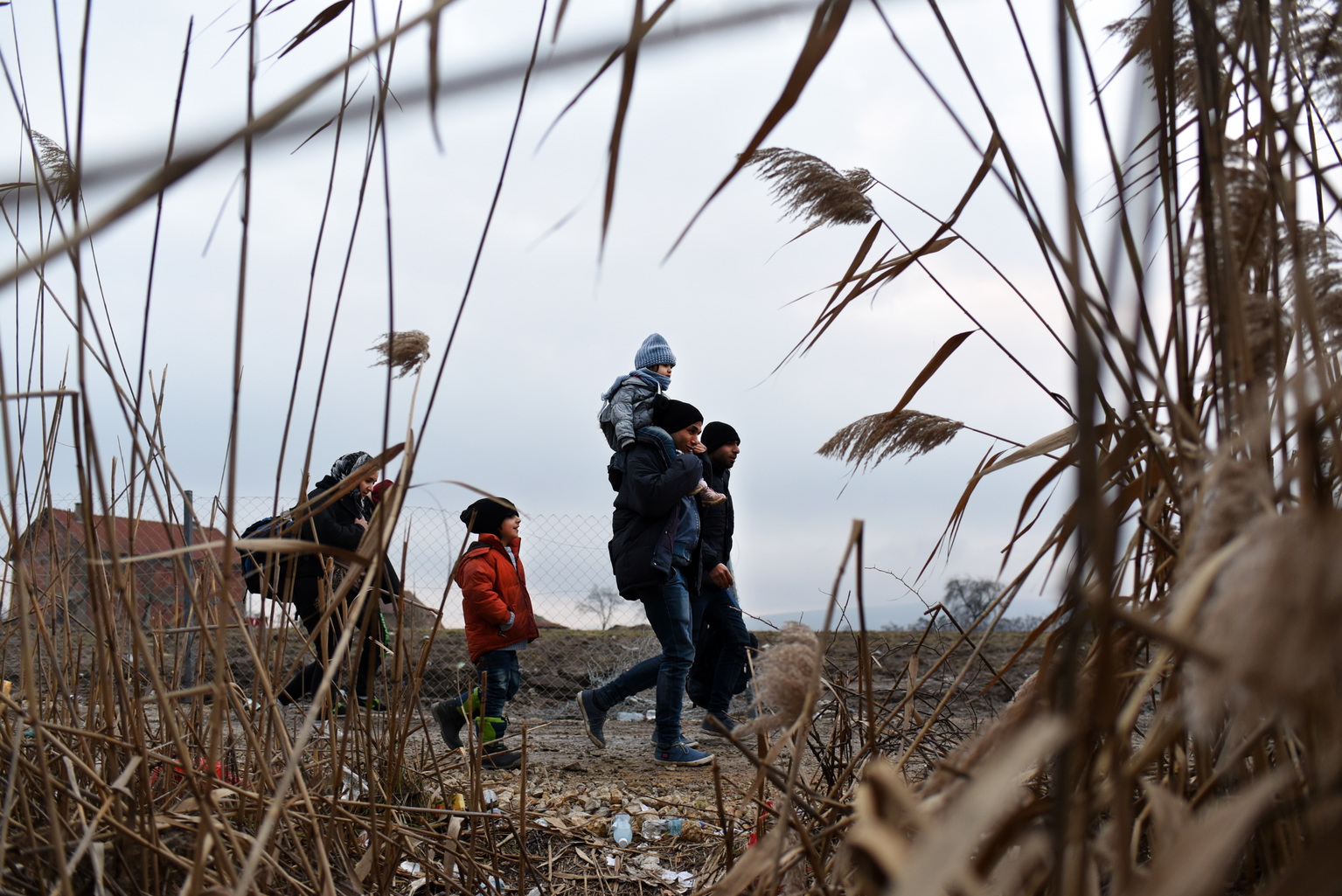
Notes on the data
Definitions
International migrants: Persons living in a country or area other than their country of birth.
Refugees: Persons who are outside their country of nationality or habitual residence, who cannot return due to a well-founded fear of being persecuted because of their race, religion, nationality, membership of a particular social group or political opinion. This number only accounts for those who have been recognized as refugees or find themselves in refugee-like situations. Data are presented in thousands.
Asylum seeker: Persons whose application for asylum or refugee status is pending at any stage in the asylum procedure. If granted, persons are regarded as refugees. Data are presented in thousands.
Internal displaced persons: Persons who have been forced or obliged to flee or leave their homes or places of habitual residence, in particular as a result of or in order to avoid the effects of armed conflict, situations of generalized violence, violations of human rights or natural or human-made disasters, and who have not crossed an internationally recognized border. Data presented in this table refer only to persons displaced due to conflict and violence. Data are presented in thousands.
Other people in need of international protection (OIP): People who are outside their country or territory of origin, typically because they have been forcibly displaced across international borders, who have not been reported under other categories (asylum-seekers, refugees, people in refugee-like situations) but who likely need international protection, including protection against forced return, as well as access to basic services on a temporary or longer-term basis.“ Venezuelans previously designated as “Venezuelans displaced abroad” are included in this new category. This change has been made retroactively in UNHCR’s statistics since 2018.
Sources
Total population by country or area: United Nations, Department of Economic and Social Affairs, Population Division (2024), World Population Prospects 2024.
International migrants by country of destination: United Nations, Department of Economic and Social Affairs, Population Division, Trends in International Migrant Stock: The 2019 Revision, United Nations, New York, 2017. Share of under 18 calculated by UNICEF based on United Nations, Department of Economic and Social Affairs, Population Division, Trends in International Migrant Stock: Migrants by Age and Sex, United Nations, New York, 2019.
International migrants by country of origin: United Nations, Department of Economic and Social Affairs, Population Division, Trends in International Migrant Stock: Migrants by Destination and Origin. United Nations, New York, 2019.
Refugees by country of asylum: United Nations High Commissioner for Refugees, Global Trends: Forced Displacement in 2023, UNHCR, Geneva, 2024.
Refugees by country of origin: United Nations High Commissioner for Refugees, Global Trends: Forced Displacement in 2023. UNHCR, Geneva, 2024. Share of under 18 from UNHCR unpublished data, cited with permission.
Asylum seekers: United Nations High Commissioner for Refugees, Global Trends: Forced Displacement in 2023, UNHCR, Geneva, 2024.
Internally displaced persons (IDPs): Internal Displacement Monitoring Centre, Global Internal Displacement Database (GIDD), IDMC, 2024.
UNRWA Palestine refugees: UNRWA Registered Population Dashboard, UNRWA, 2024 (as of 8 July 2024)
